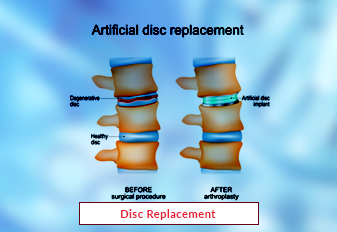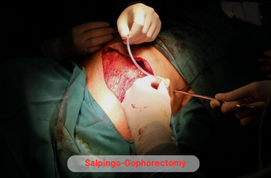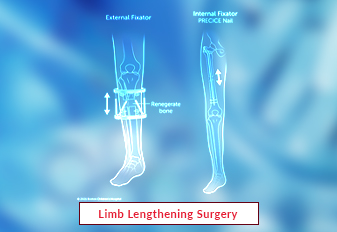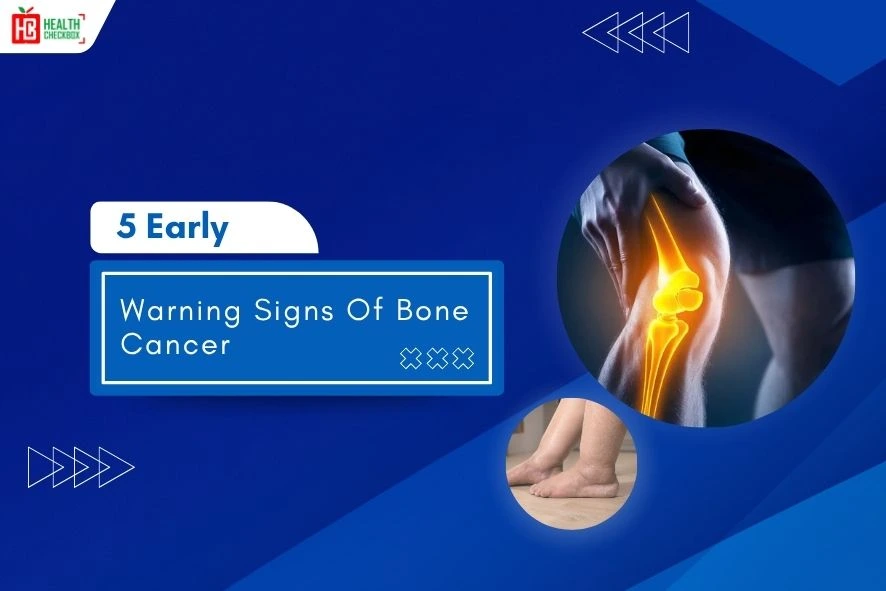Pleural problems can affect both males and females. They are rare conditions, which mainly occur in different ways, like mesothelioma, infection, pleuritis, etc. These health conditions cannot be cured easily. They are dangerous and can cause several symptoms, such as chest pain, rapid breathing, hiccups, etc. The best surgical approach is pleural biopsy. In this procedure, a doctor takes sample of tissue to check for disease and infection. It can be performed through a special biopsy needle. This surgical treatment is essential for patients. It is less invasive than open and closed surgical biopsies.
Types of Biopsy Surgery
This surgery is of different kinds. These include the following:
- Needle Biopsy: The numbing medicine and special needle are required to perform this surgery. A healthcare provider uses a series of X-rays and the high-frequency sound waves for the guidance of a biopsy needle.
- Thoracoscopic Biopsy: The chest gets numbed, and a sedative medicine will be given to a patient, which provides a better sleep in him or her. A thin and flexible tube, known as endoscope, is inserted between the two pleural layers. This device helps the healthcare provider to take a small piece of tissue from the pleura easily.
- Open Biopsy: A healthcare provider performs this surgery under general anesthesia. He or she makes a small incision to remove a small piece of pleura from the lungs. It is only performed when the sample of a needle biopsy is too small.
Benefits of Pleural Biopsy
The advantages of this surgery are as follows:
- It can diagnose cancer, tuberculosis, and other health conditions in patients to improve their quality of life.
- This minimally invasive surgery determines the type of disease easily.
- The cause of pleural infection and pleural effusion can be identified from this surgery.
- This surgery helps the patient recover quickly from the healthcare department.
Risks and Complications
This surgical procedure leads to several complications, like other surgeries. These include the following:
- Pneumonia
- Bleeding and Infection
- Bronchopleural fistula
- Empyema
- Laceration
- Pneumothorax
- Tumor seeding
Procedure of Pleural Biopsy Treatment
Look at the procedure of this biopsy from before to aftercare:
Before Procedure
The following things that can be expected before the surgical procedure:
- A patient can consult with a healthcare provider associated with pleural issues. He or she is suggested to fill the consent form before the surgical procedure.
- Some imaging tests, like chest X-ray, ultrasound, etc, will be conducted in the healthcare department. They are mainly essential for diagnosing pleural conditions in patients.
- A healthcare provider may suggest patient avoid blood-thinning medications such as aspirin, warfarin, etc.
- Some harmful activities, such as smoking cigarettes, drinking alcohol, etc, must be stopped before the procedure.
- A patient must take fast, that is, avoid eating and drinking for a few days. It may be nauseous and can cause vomiting in them.
During Procedure
The steps that can be performed during the surgery are as follows:
- A patient must remove their jewelry and clothes and wear a hospital gown during the surgical procedure.
- The oxygen will be provided through a nasal tube or face mask.
- A patient is suggested to sit on a hospital bed with their resting arms on the over-bed table. The spaces are created between the ribs so that a surgeon can insert the needle easily.
- An antiseptic solution is mainly used at that place where the needle is inserted.
- A numbing or local anesthetic medicine will be applied in the biopsy site.
- After that, a needle is attached to the ribs and a surgeon removes one or more samples of pleural tissues. Some side effects, such as pain or pressure might occur during the surgical procedure.
- A patient might hold their breath for certain times.
- A surgeon removes a biopsy needle and applies a firm pressure to stop the bleeding. The area will be protected from a sterile bandage or dressing.
- The samples are sent to the lab for analysis.
- A healthcare provider might perform a chest X-ray after a biopsy procedure.
After Procedure
- A healthcare provider will check the vital signs in the recovery room. It may be pulse rate, breathing, or blood pressure.
- Another chest X-ray might also be performed for a few hours. Some bleeding might be checked at the puncture site.
- A patient can go home if everything is fine with his or her health. He or she may also ask for help from another person.
- Some complications, such as soreness or pain might occur for several days. An individual can take pain medicine in this condition.
- A patient must consult with a healthcare provider if he or she experiences the following problems:
- Chest pain
- Fever above 100 degrees Celsius
- Redness or swelling at the needle site
- Shortness of breath
What are the Conditions treated with Pleural Biopsy Surgery?
A healthcare professional recommends this surgery for the management of certain health conditions. These are as follows:
- Mesothelioma
- Pleural Infection
- Tuberculosis
- Pleural tumor
- Neoplasia
- Vascular collagen disease
- Lung cancer
- Pleuritis
This surgery is not suggested for patients who suffer from bleeding problems. They must consult with a relevant doctor for its management.
Latest Health Tips
Can Immunotherapy Cure Stage 4 Lung Cancer?
Early Signs of Cervical Cancer
Foods that Kill Cancer: Leafy Vegetables, Grains, & More
What Stage of Cancer is Immunotherapy Used For?
Which is Worse for Cancer, Sugar or Alcohol?
Vaccines That Prevent Cancer
What Kills Cancer Cells in the Body Naturally?
5 Early Warning Signs of Bone Cancer
Submit Your Enquiry
Testimonials


























